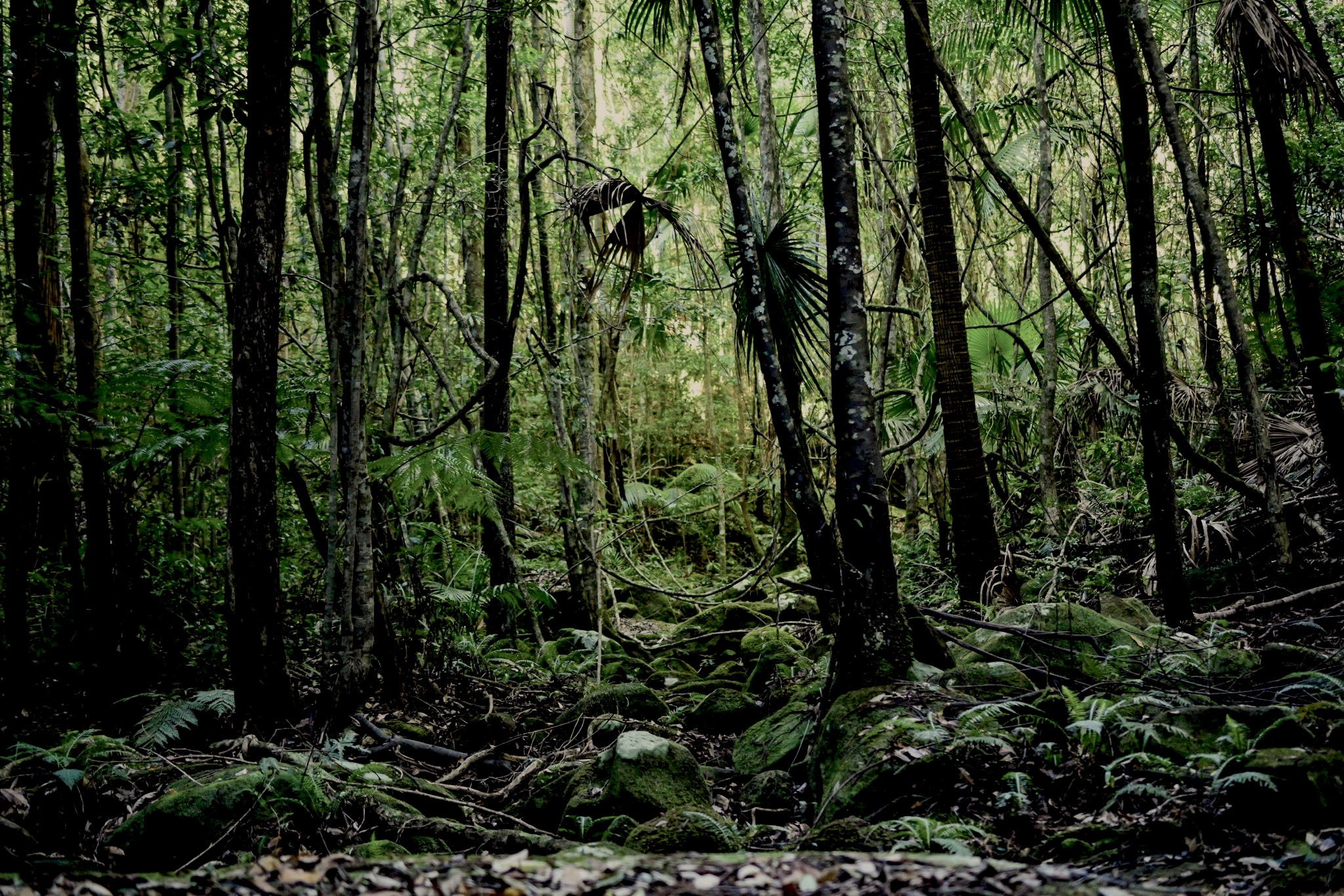Action to reverse biodiversity loss by 2030 will accelerate the action needed this decade to avert the worst impacts of climate change while strengthening resilience, economic security and public health for the most at-risk communities.
The Intergovernmental Panel on Climate Change (IPCC) has made clear that the world’s best chance of limiting global warming to 1.5 degrees Celsius is to halve greenhouse gas emissions while simultaneously regenerating nature within the 2020s.
That means biodiversity loss and the climate crisis can no longer be addressed as separate issues, as 50 leading biodiversity and climate experts warned in June. If tackled in silos, climate action could harm nature or vice versa, whereas if tackled holistically, action for one could benefit the other.
Yet most current national pledges under the Paris Agreement still do not pay enough attention to emissions from agriculture and land use, to the potential for oceans to help mitigate and adapt, or to nature-based solutions.
Agriculture, forestry and land use account for 24% of global emissions – on par with electricity and heat production and industry, according to WWF. Reducing emissions from farming and changing diets could reduce emissions by up to 18 gigatonnes of CO2 equivalent per year by 2050, according to the IPCC. That’s more than the 14.8 GtCO2 expected to be produced from coal in 2021.
Here are four ways in which regenerating nature and shifting to sustainable food systems can turbo-charge both emissions reductions and climate adaptation, starting at the UN COP26 climate summit in Glasgow in November.
It sends a signal of solidarity
The mood going into COP26 is tense and divisive. The poorest and most at-risk countries are suffering from the double blow of Covid-19 and intensifying climate change impacts such as floods, droughts, extreme temperatures and the increasing spread of infectious diseases.
Many are looking to the Glasgow summit to deliver a plan for solidarity, fairness and prosperity that includes cutting emissions, mobilising climate finance, helping vulnerable communities adapt to changes, accounting for the loss and damage they’ve already suffered, and implementing a transparent carbon trading system.
But it needs to address nature, too. More than 90% of the poorest people depend on forests for their livelihoods, with intact forests and their ecosystems creating as much as US$150 trillion in economic value, according to the World Economic Forum. That’s double the value of global stock markets. Coastal ecosystems provide around US$125 trillion per year in ecosystem services such as combating coastal flooding, storing carbon and generating income, Resilient Islands. Over half of the world’s GDP is moderately or highly dependent on nature.
Rainfed agriculture produces much of the food consumed by poor communities in developing countries, according to the International Water Management Institute, and nature is the source of traditional medicines and treatments on which they often rely for healthcare.
Nature is turning from climate solution to source
Farmers and food systems are two of the most vulnerable sectors to the climate crisis. Crop failures are expected to become as much as 4.5 times higher by 2030 in hotter temperatures and 25 times higher by 2050, according to new research.
Intact ecosystems like forests regulate regional and local weather and protect communities from extreme weather. The Amazon rainforest, for example, helps to cool and moisten the atmosphere and contributes to rainfall across South America.
But natural carbon sinks, such as forests, are increasingly turning into sources of carbon emissions. They’re becoming a source of climate change, rather than a mitigator. Tropical forest loss emitted 2.6 billion metric tonnes of CO2 in 2019-2020, the equivalent of emissions from 570 million cars in a year.
Farmers, similarly, have been disempowered by fluctuating markets, extreme weather and corporate interests. Setting out policies that carry farmers along on a just transition to a regenerative, sustainable agriculture sector will secure jobs, livelihoods and resilience in the long-term.
Covid-19 is pushing food and nature to the brink
The pandemic demonstrates that the destructive impact of human activities on the environment creates the conditions for pandemics to thrive. And the risk of pandemics is growing rapidly, the Intergovernmental Science-Policy Platform of Biodiversity and Ecosystem Services warns. More than five new diseases are emerging in people every year and any one has a strong potential to become a pandemic.
Food supply disruptions such as labour shortages and congested ports are deepening global hunger in poor and rich countries. In Brazil, for example, rising inflation and droughts have pushed food prices to their highest levels.
But, change is already afoot
Consumer demands are changing and businesses and governments are waking up to need to transition within the decade.
Worldwide, 42% of consumers are already eating less animal products to improve their health and their environmental footprint – led by younger generations, according to a Euromonitor International study.
Food industry incumbents such as Tyson, Nestlé and Unilever are catching up with newcomers such as Beyond Meat in the alternative protein market, and the market is expected to grow fivefold to US$162 billion within the decade, according to Bloomberg.
Similarly, big banks and asset managers are divesting from destructive industries. Seven major European investment firms announced in 2020 that they would divest from beef producers, grain traders and Brazilian government bonds if they did not tackle the Amazon’s destruction. They are also mainstreaming nature in their risk analysis and creating new financial instruments to channel money to projects that protect nature.
Governments and international organisations are also setting pledges, cooperative efforts and national policies to invest in nature and resilient food systems. Ninety-two countries and the European Union have joined the Leaders’ Pledge for Nature, committing to reverse biodiversity loss by 2030.
COP26 offers an opportunity to accelerate the shift by banning what’s bad for nature and climate – like deforestation – and placing value on what benefits biodiversity, health, resilience and emission reductions.





